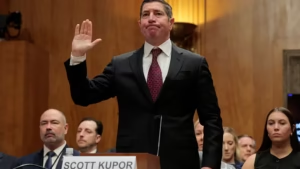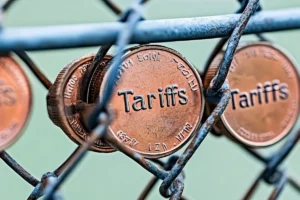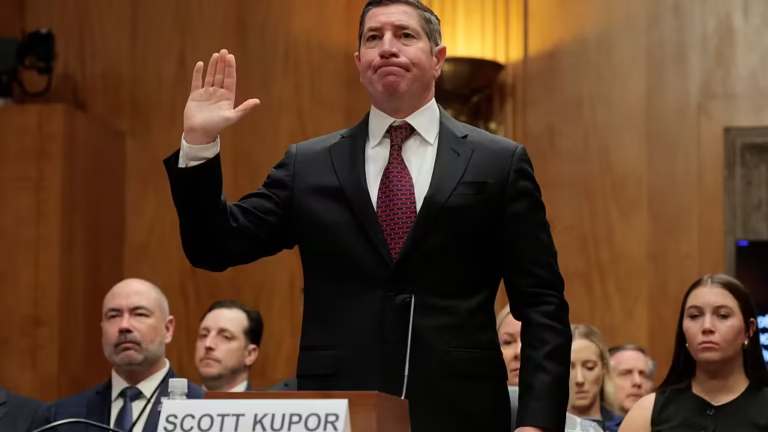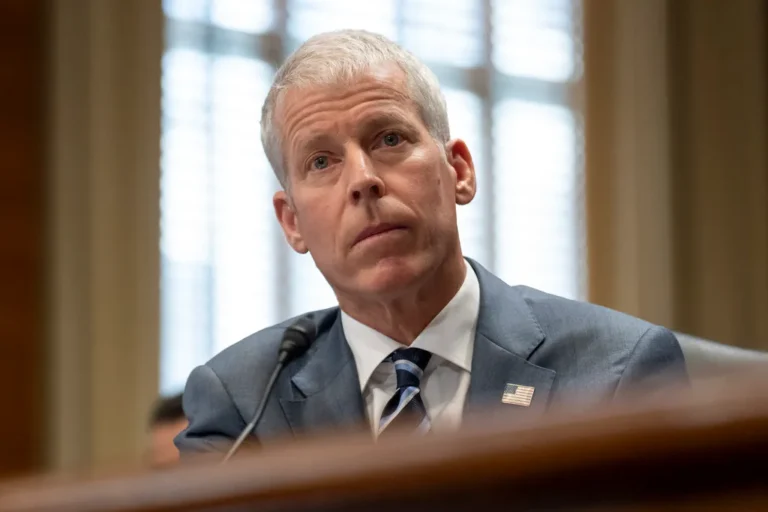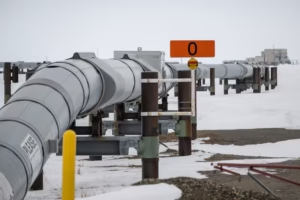🛠️ Introduction
Bold Step for National Security, When you think about national security, you probably picture soldiers, missiles, or fighter jets—not copper. But what if I told you that this reddish metal is just as crucial to America’s defense as boots on the ground or planes in the sky? That’s exactly the reality laid bare by a sweeping new action from the U.S. government to adjust copper imports and protect the country’s strategic and economic interests.
🧱 The Strategic Significance of Copper
🔩 Copper in Defense and Infrastructure
Copper isn’t just any metal—it’s the backbone of modern civilization. From military hardware like missiles and submarines to power grids, electric vehicles, and telecommunications, copper is everywhere.
🔌 Why Copper is Irreplaceable
Sure, there are other conductive metals, but none strike the balance of affordability, conductivity, and durability quite like copper. Substitutes like aluminum just don’t measure up when performance and longevity matter most.
🛡️ The Department of Defense’s Reliance on Copper
It’s no exaggeration to say the U.S. military would grind to a halt without copper. It’s the second most used material in defense manufacturing. Think wiring in aircraft, components in naval ships, and electrical systems in armored vehicles—copper is in all of them.
📉 Alarming Trends in U.S. Copper Industry
⚠️ Decline in Domestic Production
Once a leader in copper production, America’s output has nosedived. Complex permitting, aging infrastructure, and costly regulations have made U.S. smelters and refiners nearly obsolete.
🌍 Global Dominance by a Single Country
One foreign nation (yes, you guessed it—China) now controls over 50% of the global smelting capacity. Four of the five largest copper refineries are housed there. That’s an alarming dependency on a potential geopolitical adversary.
🧾 Unfair Trade Practices and Environmental Overreach
Foreign producers flood the global market with underpriced copper, propped up by state subsidies and lax environmental rules. Meanwhile, U.S. facilities are weighed down by red tape and forced to shut down. It’s like showing up to a gunfight with a spoon.
📑 Section 232 Investigation
🧠 Legal Authority for Import Adjustments
Section 232 of the Trade Expansion Act gives the President the power to restrict imports that threaten national security. It’s not a tool used lightly—but it’s powerful and necessary in times like these.
🔍 Secretary of Commerce’s Findings
The Secretary’s report, submitted on June 30, 2025, concluded that copper imports in their current state are a direct threat to America’s security. The numbers don’t lie, and neither does the logic.
💣 Threat to National and Economic Security
The key takeaway? America can no longer meet its defense copper needs internally. That’s a recipe for disaster if foreign supplies are cut off during a conflict or crisis.
📜 Key Provisions of the Presidential Proclamation
📈 50% Tariff on Semi-Finished and Derivative Products
Effective August 1, 2025, the U.S. will impose a 50% tariff on semi-finished copper products and derivatives. These are products like copper wires, tubes, and certain alloys—components essential to U.S. manufacturing.
📆 Future Phased Tariffs on Refined Copper
Starting in 2027, refined copper imports will face a 15% tariff, increasing to 30% in 2028. This gives domestic producers time to ramp up while signaling investors that the market is about to get serious.
🛑 Domestic Sales Requirements and Export Controls
To protect our most critical materials, the U.S. will also enforce a 25% domestic sales requirement for high-grade copper scrap and input materials, plus limit exports of those vital resources.
📊 Anticipated Impacts of the Tariff Strategy
🏭 Boost to Domestic Production
The tariffs are designed to make American-made copper competitive again. This could lead to reopening shuttered facilities and investing in new technologies.
🛠️ Strengthening the Defense Industrial Base
With more copper sourced at home, defense manufacturers won’t have to worry about foreign bottlenecks or unreliable supply chains.
🔗 Enhancing Supply Chain Resilience
From EVs to semiconductors, a secure copper supply means fewer vulnerabilities in key industries.
🤝 Coordination with Global Allies
🇬🇧 Partnership with the United Kingdom
In line with the May 2025 U.S.–UK Economic Prosperity Deal, both nations are working together to address global copper risks. United we stand, divided we import.
🌐 Building an Allied Copper Security Network
This isn’t just about America. It’s about building a democratic coalition to secure strategic metals from authoritarian manipulation.
🔧 Implementation and Oversight
🧾 Role of CBP and ITC
U.S. Customs and Border Protection and the International Trade Commission will lead enforcement. Expect tight rules, strict penalties, and detailed copper content declarations.
🚨 Strict Compliance and Enforcement Measures
Importers beware: underreporting copper content or skirting the tariffs could result in massive penalties—even criminal charges.
📆 Monitoring and Review Mechanisms
The Secretary of Commerce will continuously monitor the market and report to the President annually. That ensures flexibility to increase, decrease, or modify measures based on real-world results.
🔐 National Security and Economic Prosperity Interconnected
⚖️ Why Tariffs Alone Aren’t Enough
While tariffs are a strong first step, long-term copper independence also demands investment in workforce training, sustainable mining, and research.
📈 Encouraging Private Sector Investment
With a protected market, U.S. investors now have a rare opportunity to jumpstart a critical industry that’s poised for growth.
🧾 Addressing Critics of the Tariffs
🗣️ Rebuttal to Claims of Overreach
Some argue these tariffs will raise prices. But what’s the cost of inaction? Dependency, insecurity, and manufacturing slowdowns. You do the math.
💡 Ensuring Long-Term Stability vs. Short-Term Price Fluctuations
Yes, prices may temporarily rise. But so will job creation, industrial innovation, and economic security. It’s a trade-off worth making.
🏁 Conclusion
This bold move to adjust copper imports isn’t just about trade—it’s about reclaiming industrial sovereignty and protecting America’s future. Copper may be a metal, but in this case, it’s also a mirror. It reflects how serious we are about building a secure, independent, and resilient nation.
For more latest news checkout our website: usnewsinsight

